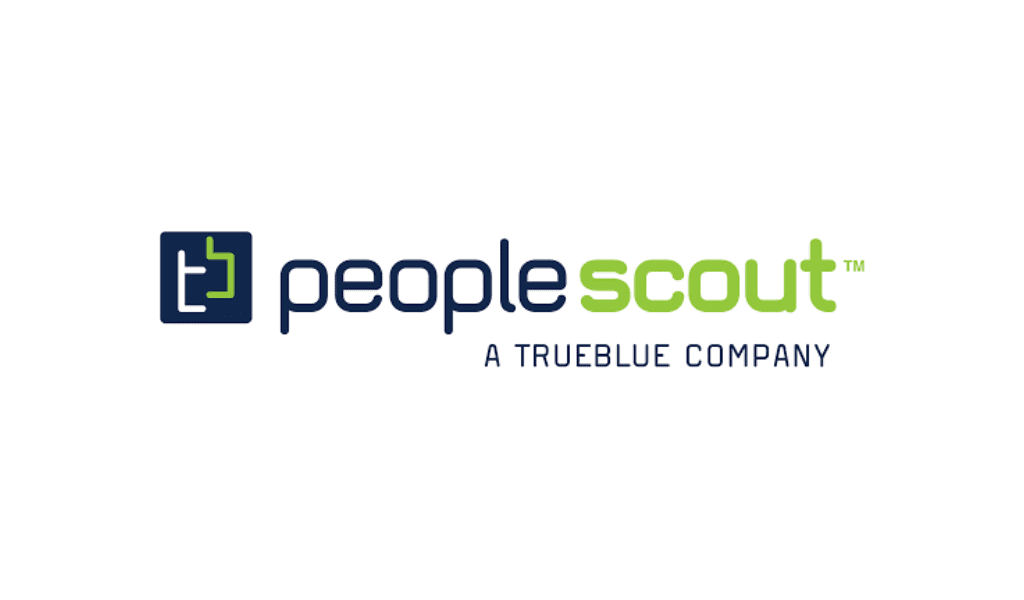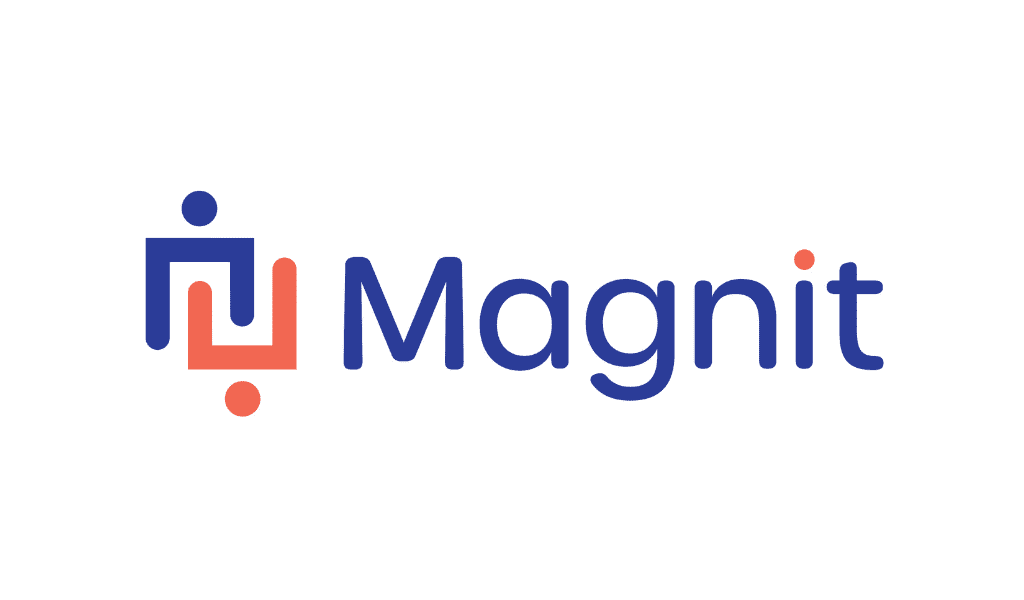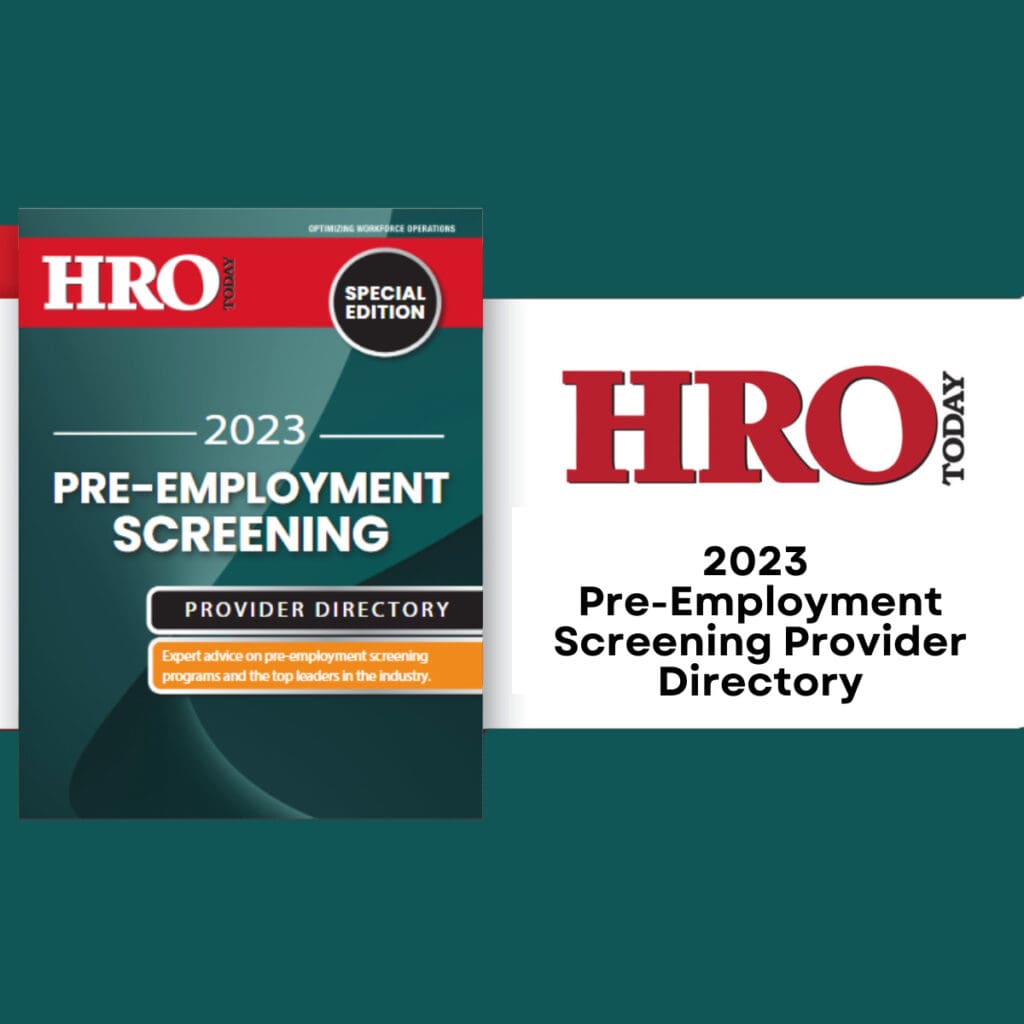A data-driven approach can save money, speed up the hiring process, and improve quality of hire.
By Marta Chmielowicz
Monitoring key performance indicators has become a critical element of any business strategy -and that extends to employee screening. By measuring, tracking, and benchmarking screening data, organizations can be more agile in their hiring process, addressing efficiencies and optimizing their strategies to provide a better candidate experience.
According to HRO Today’s Background Screening Providers: Opportunity for Excellence flash report, 87% of today’s organizations consider real-time updates and data from their screening partners the most critical capability of a successful program.
“Data can provide critical insights into a range of employment metrics for your organization, as well as insight into what types of candidates are attracted to employment with your company and how well your screening processes are working,” says Conal Thompson, chief technology officer at HireRight.
To create an impactful, data-driven screening program, organizations need to track the right metrics. Shannon Shoemaker, vice president of marketing, solution management, and partnerships at Cisive, advises that HR leaders work backwards, identifying their organization’s hiring goals and then pinpointing key metrics around those goals. She recommends that businesses take advantage of their partners’ reporting capabilities to track and measure these metrics.
“Most employers are already measuring turnaround time, but it’s not the only metric that matters,” she adds. “Organizations should also track data accuracy rates, verification rates, and criminal hit rates.”
Organizations should consider tracking the following metrics.
• Screening costs. Measuring screening costs is crucial to understanding and forecasting cost per hire, revealing opportunities to reduce spending and refine the hiring process.
“This should be broken down by position,” says Bob Capwell, chief knowledge officer at Employment Background Investigations (EBI) Inc. “More comprehensive screening should be done on individuals who could pose more risk to the organization if not screened properly, such as individuals of authority or in leadership.”
For example, by analyzing costs, organizations might find that departments with high spending are more likely to hire for roles that require stricter education or employment verifications. They might also find that certain teams with higher-than-average spending are performing unnecessary background checks, while those with lower-than-average spending are skipping important screenings and putting the organization at risk.
• Turnaround time. The length of time needed to process a background check is another important metric that should not be overlooked. HRO Today‘s flash report indicates that 93% of clients expect results from their background screening partners within four days, with an average acceptable turnaround time a short 2.7 days.
By measuring turnaround times across locations and departments, organizations can fine-tune their screening program to improve time-to-hire. They can also be more transparent with their candidates, setting realistic expectations and enhancing the candidate experience.
“A key metric is completion time and how that affects onboarding and training. Be sure your background screening process fits into your hiring needs. Delays in completion could affect production and company growth, so be sure you work with your provider to understand expectations for a successful partnership,” says Capwell.
He recommends that organizations establish service level agreements with set timing goals based on the complexity of the background search. International screening could cause delays, so that should be communicated up front.
These goals should be part of a periodic provider review process where service partners and organizations work together to identify process bottlenecks and proactively address any delays.
“By identifying delays in your process, you can improve the hand-off and ownership of steps in the hiring process between your company as the employer, your applicants, and your screening provider,” says Thompson. “Ultimately, this could result in decreased turnaround time and fewer reports requiring an in-depth review by the employer.”
• Number of checks. Employers should also track the number of background checks they order per team, location, and hire.
“As an employer, you may benefit from metrics that indicate volume by order and volume by applicant -learning where your organization is having to hire the most candidates and where you are creating new roles versus backfilling positions,” says Thompson.
These metrics can reveal potential challenges, showing the parts of the company where hiring managers are struggling to find suitable hires or screen candidates consistently.
• Drug testing positivity rates. “If your organization conducts drug testing, it may make sense to track positivity rates as well,” says Shoemaker. “If you find that drug positivity rates are high among candidates, for example, it could make the business case for implementing a random drug testing program at your organization to deter drug use post-hire.”
• Adjudication decision metrics. Adjudication is the process of comparing an individual’s screening results to the company standards to determine if the candidate is eligible for employment. According to Thompson, gaining data-based insight into this process can reveal important information about who wants to work for the company and who the company tends to prioritize for hiring.
“From an applicant perspective, employers can learn more details about who is interested in working for you. By tracking adjudication, those metrics about how you make hiring decisions can highlight trends regarding what candidate qualifications and attributes are most important to your company,” she explains.
Monitoring adjudication results can also help companies fine-tune their processes. For example, if a large percentage of candidates is ineligible for hire, the organization may need to reassess its hiring criteria or identify new recruitment channels.
• Screening data accuracy. HR leaders should also track the accuracy of background checks as well as the number of customer disputes.
“Accuracy issues could cause delays or even liability to your organization. Have your screening provider report monthly on accuracy issues. In addition, there should be a clear understanding of what went wrong, what controls are in place to ensure accuracy, and what will be done for continuous improvement,” says Capwell.
• Industry benchmarking data. Benchmarking against industry best practices can help organizations evaluate how their screening program is performing compared to their peers or competitors.
“Are most employers in your industry conducting a type of criminal search that your organization is not currently benefiting from? Benchmarking data is especially helpful for identifying potential gaps and opportunities to improve your background screening program’s effectiveness,” says Shoemaker.
Thompson adds that organizations are often interested in what percentage of their peers drug test their applicants or what depth of criminal search is most widely used. These insights can help employers refine their screening process while mitigating risk.
By keeping an eye on these metrics, organizations can be more strategic and agile in their approach. “Screening data can help HR leaders understand which screening products or searches yield the most useful results for their organizations,” explains Thompson. “Having insight into your organization’s priorities and which searches yield the most frequently used data for informing hiring decisions is crucial to reducing cost as well as streamlining processes and mitigating hiring-related risk. Conversely, the data gleaned from background screenings can also highlight areas in need of deeper investment or different types of products, such as role-specific screening packages versus a broader spectrum of searches.”
For example, Shoemaker says that some companies struggled to acquire talent during the COVID-19 pandemic, with education and employment verifications delaying the new hire process as universities, government entities, and businesses closed their doors. Having a data driven look into those process bottlenecks allowed organizations to adapt their hiring processes and requirements to address the challenges head-on.
For best results, organizations should be prepared to come to the table with their service partners throughout the year to discuss performance metrics.
“Establish benchmarks around metrics that makes sense for your program,” suggests Capwell. “Document the metrics and revisit each throughout the year to discuss performance with your partner. Be sure they come prepared to discuss anything that falls outside the norm and establish metrics for continued improvement. Revisit your screening policy and program at least yearly to have an in-depth discussion around your program. Understand any compliance changes that could affect your program. Discuss potential new products that could enhance your program or new technologies that could innovate the screening process and onboarding workflow.”
With data in hand, organizations and their partners may find ways to make their process more efficient. For example, Capwell says that using a candidate portal can save time by allowing candidates to submit information digitally. Likewise, ATS or HRIS integration can help speed up data transfer.
Enlisting screening providers to assist in the onboarding process can also improve business results. “One way to reduce cost is to look at the program and overall onboarding experience holistically. Cisive has found that helping our clients implement onboarding forms and even off-boarding forms has significantly reduced the amount of time they are spending on these tasks. It also allows them to onboard new hires faster, in turn allowing them to save money and spend their time on other projects and competing priorities,” says Shoemaker.
This practice can also help organizations manage the costs of their screening program. For example, bundling services in a robust screening package may be a more cost-effective approach than adopting an a la carte solution – but organizations will only discover this if they conduct a thorough cost analysis in partnership with their service provider.
“Background screening data can uncover trends among your employee populations and can highlight areas where you may be overspending. One of the ways HR can achieve cost savings is by analyzing the number of searches conducted on the average new hire. We’ve worked with organizations who were overspending by paying a la carte prices for multiple criminal searches when they could be reducing costs by partnering with their background screening provider to build a screening package that better suits their needs,” Shoemaker explains.
At the end of the day, understanding the data behind a background screening program can help organizations refine their hiring strategies, save on costs, and reduce compliance risk. However, close partnership, collaboration, and transparency with the screening partner is a must.














